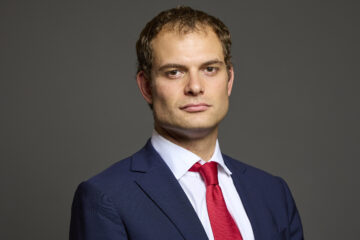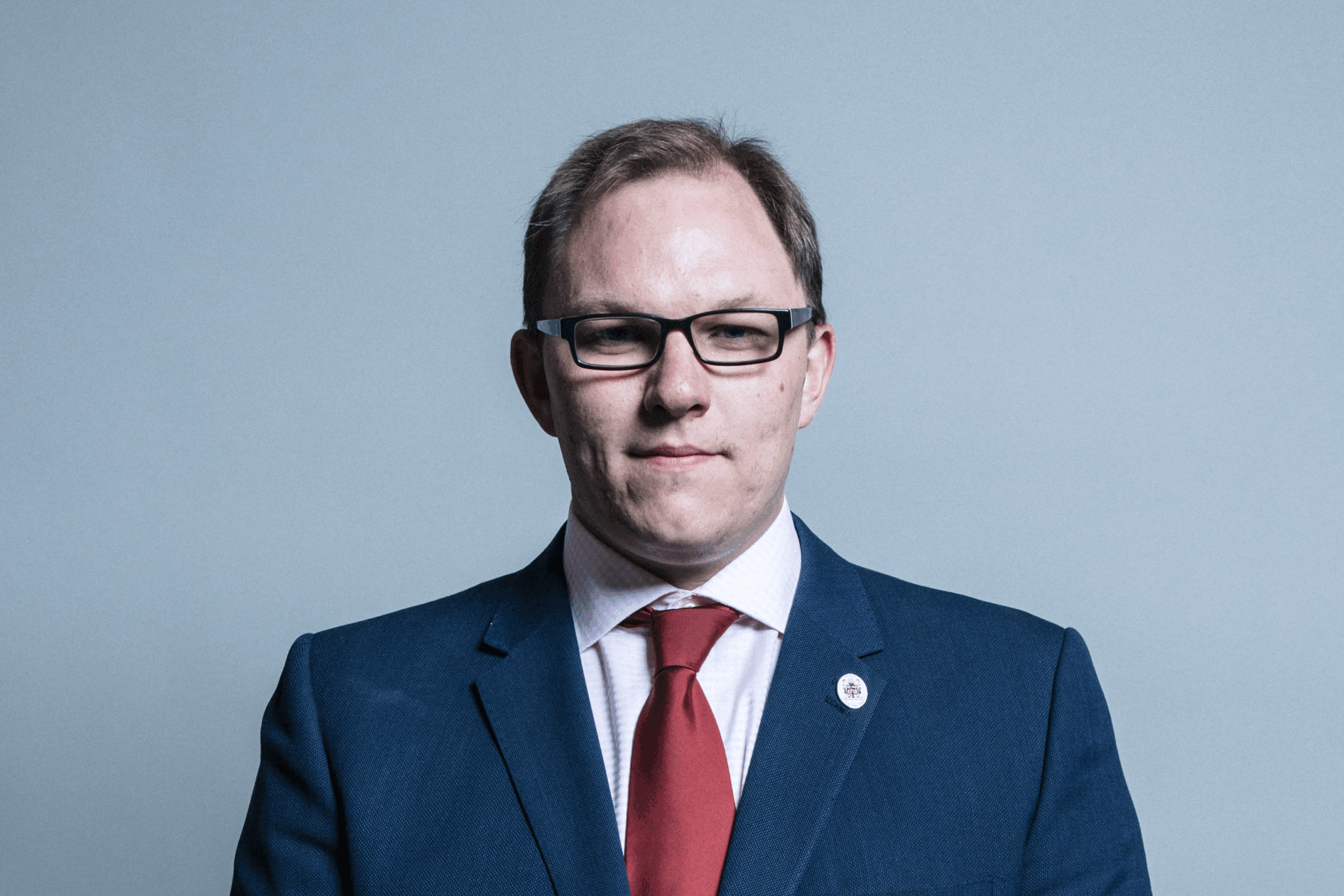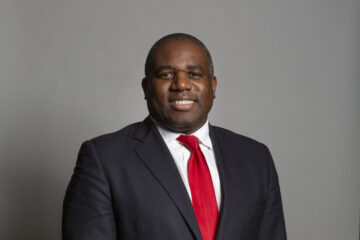
Ayatollah Khamenei > Tasnim News, CC BY 4.0, via Wikimedia Commons
The Iranian authorities are engaged in an increasingly brutal crackdown as protests against the regime enter their 11th week and the death toll exceeds 450.
- While the protests are taking placing nationwide, reports last week suggested the government was deploying heavy weapons and helicopters to quell unrest in mainly Kurdish areas of Iran.
- As teenagers have been killed, beaten and arrested, human rights groups fear the regime is preparing a wave of executions to attempt to intimidate protesters.
- High-profile protesters have been arrested and one, the rapper Toomaj Salehi, is facing the death penalty. Meanwhile, leading Iranian cultural figures are calling for a boycott of institutions linked to the regime.
- A newly released report by the Tony Blair Institute for Global Change has shown how the protests have grown out of a long-developing clash between an increasingly secular society and “the totalitarian Islamist regime of the mullahs”.
The grim toll
Protests against the theocratic regime were initially sparked by the death of a 22-year-old Kurdish woman, Mahsa Amini, who died at the hands of the “morality police” after allegedly not wearing her hijab properly.
- The death toll now exceeds 450 people, including at least 60 children. Over 18,000 protesters – including 569 students – have been detained, according to the Human Rights Activists News Agency.
- Over 1,100 protests – the vast majority of them led by women – have so far taken place in 157 cities and 143 universities.
- In an attempt to cover-up its violent response to the biggest protests against the regime since it came to power over 40 years ago, Tehran has shut down the internet in many parts of the country.
- The UN high commissioner for human rights, Volker Türk, said the rising number of deaths at protests reflects a “hardening of the response by security forces” and underlined “the critical situation in the country”.
- An investigation by the New York Times published last week found the authorities were using ambulances to detain protesters, a clear violation of international norms. The security forces are also reported to have infiltrated universities by posing as students, in order to identity, attack and kidnap protesters.
- Amnesty International said last week that the Iranian security forces “are ruthlessly persisting in their widespread use of unlawful lethal force, exposing a clear intent to kill or maim protesters”.
“Genocide against Kurdistan”
The Norwegian-based human rights group, Hengaw, last week released footage of the violent crackdown in Kurdish areas of Iran. Images showed armed convoys, including pickup trucks with mounted machine guns, heading into the cities of Bukan and Mahabad; helicopters flying over urban areas; and footage from the city of Javanrud in which armed men shout “God is great” as they fired assault rifles in streets filled with debris. “This is the Islamic Republic’s genocide against Kurdistan,” Hengaw said.
Children targeted
Despite the authorities’ efforts to cloak their crimes, a dark picture is emerging of children and young people – who have been at the heart of protests in schools and universities – being targeted by the regime. The average age of protesters is 15, according to Iranian officials. More than 60 children have died at the hands of the authorities, while other teenagers have been beaten, detained and threatened. Some teenagers have been held in adult detention centres, others have been forced into behavioural therapy under the supervision of clerics. Some of those who refused such treatment have been prescribed psychiatric drugs. The New York Times reports multiple raids on secondary schools where “plainclothes militia and intelligence agents interrogated, beat and searched students or where school authorities threatened or attacked students”.
Worse to come?
More than 2,000 people have been charged with crimes since the beginning of the protests, the Iranian judiciary has said.
- In early November, 227 members of Iran’s 290-seat Parliament called for the country’s judiciary to issue death sentences for those protesters who had been arrested, Iran’s state-run news agency IRNA reported.
- As of mid-November, according to Amnesty International, the authorities are seeking the death penalty in 21 cases. At least six death sentences have already been passed on unnamed protesters accused of “enmity against God” and “corruption on earth” by Tehran’s revolutionary court. The vague, trumped-up charges are frequently deployed by the regime to murder its opponents.
- Among those now confirmed by the authorities to be facing the death penalty is the dissident rapper Toomaj Salehi, who was arrested late last month after posting images of himself joining the protests and clips of raps in support of the unrest. A US-based human rights group said the rapper’s trial had already begun, “without a lawyer of his choice”, while his family said his “life is at serious risk”.
- Last week, it was reported that a revolutionary court in Urmia had sentenced five protesters to 21 years in prison. They had been accused of “assembly and collusion to act against national security” and “propaganda against the regime”.
High-profile protesters…
Aside from Salehi, prominent Iranians have added their voices to the protests. Last week, the Iranian football team refused to sing the national anthem before their World Cup match against England, while two well-known actresses, Hengameh Ghaziani and Katayoun Riahi, were arrested last Sunday after removing their head scarves and participating in protests. Prior to her arrest, Ghaziani posted on Instagram: “How many children, teenagers and young people have you killed — is it not enough with the bloodshed? I hate you, and your historical reputation.” Asghar Farhadi, an Iranian film director, similarly posted: “You will pay for the blood of these pure children that you have killed.” Other actors, sports stars, artists and filmmakers have also spoken out against the regime, with many now under arrest.
… and boycott calls
The Iranian regime is facing grow calls for an international boycott. Last week, a video of the niece of Iran’s supreme leader, Ayatollah Ali Khamenei, was released in which she urged foreign governments to sever ties with the “murderous and child-killing” regime. Farideh Moradkhani, a prominent human rights activist and opponent of the death penalty, is now under arrest. “This regime is not loyal to any of its religious principles and does not know any law or rule except force and maintaining its power in any way possible,” she said. Moradkhani said current international sanctions on Tehran were “laughable”. On Monday, leading Iranian cultural figures urged a boycott of cultural institutions run by, or affiliated with, the state.
A clash between society and the state
Last week, the Tony Blair Institute for Global Change released a report detailing how Iranian society is increasingly diverging from the hardline Islamist regime.
Polling conducted for the report in collaboration with the Group for Analysing and Measuring Attitudes in Iran reveals how “opposition to the compulsory hijab has become a powerful symbol of resistance against the regime”. The polling found:
- Protests against the compulsory hijab are about regime change and are fundamentally secular: of those who are against the compulsory hijab, 84 per cent also want to live in a secular state. Among Iranians who want regime change, over three-quarters consider religion unimportant in their lives.
- Iranian society is increasingly secular, in both the cities and more conservative rural areas: only 26 percent of urban Iranian pray five times a day (33 percent in rural areas) and only 21 percent of urban Iranians support wearing a hijab (28 percent of rural Iranians).
- Men and women oppose women being forced to wear the hijab in equal numbers: 71 per cent of men and 74 per cent of women disagree with the mandatory imposition of the hijab.
- Opposition to forced hijab-wearing extends across age groups: 78 per cent of respondents aged between 20 and 29; 68 per cent between 30 and 49; and 74 per cent aged over 50 are against the mandatory imposition of the hijab.
- Earlier this year, the report’s co-author, Kasra Aarabi, described the growing challenges the regime faces from women and a more liberal and secular society in a report published by Labour Friends of Israel, Iran: A Darkening Picture at Home and Abroad.
What happens next
According to the Tony Blair Institute for Global Change report, the protests are “unprecedented in their scale and longevity”, while being part of a consistent trend beginning in 2017. “For the past five years, protests on Iran’s streets have brought together the young and the old, the poor and the wealthy, the rural and the urban,” it argues. “The anti-regime mood on Iranian streets for the past five years has been palpable, captured through the slogans that explicitly reject Supreme Leader Ayatollah Ali Khamenei.”


